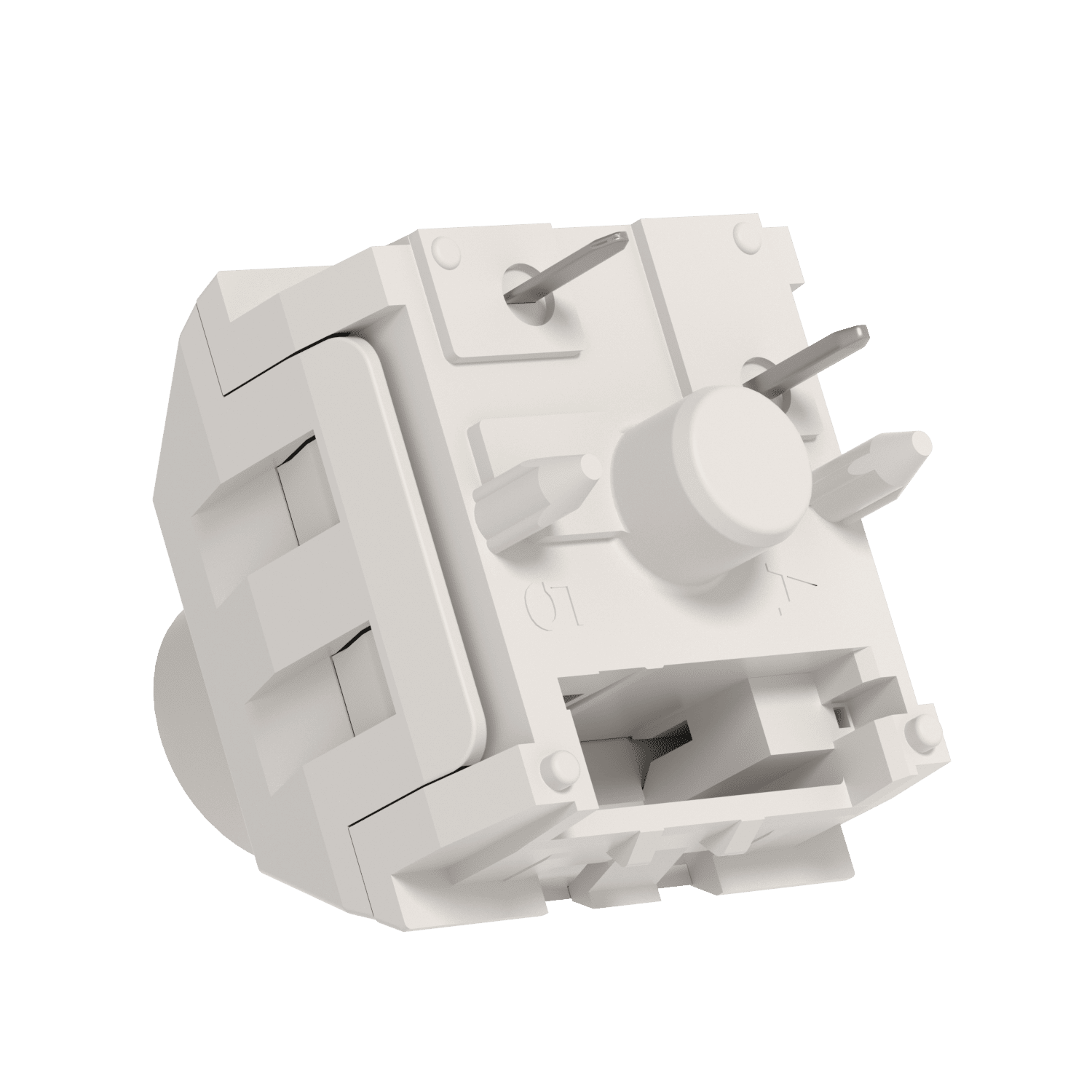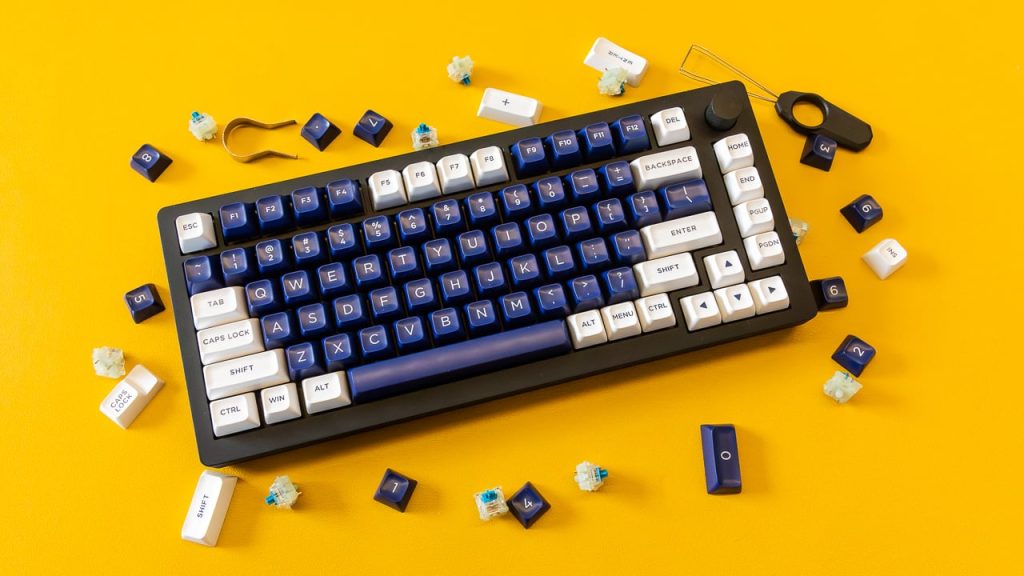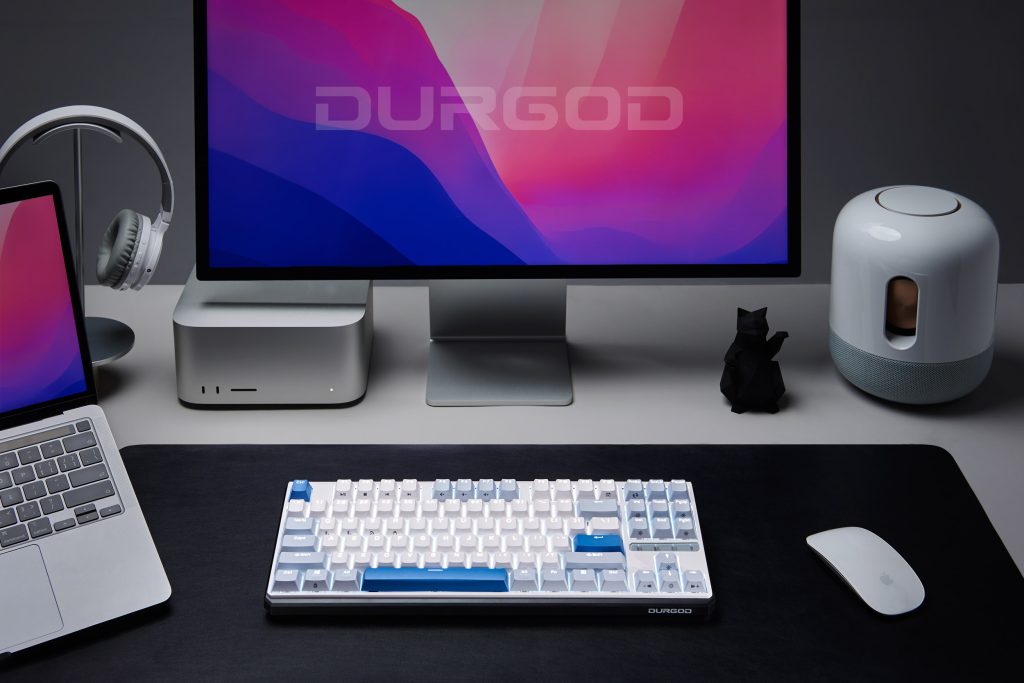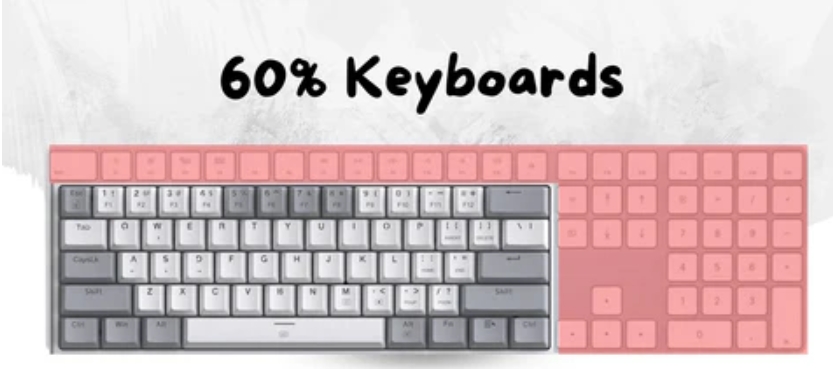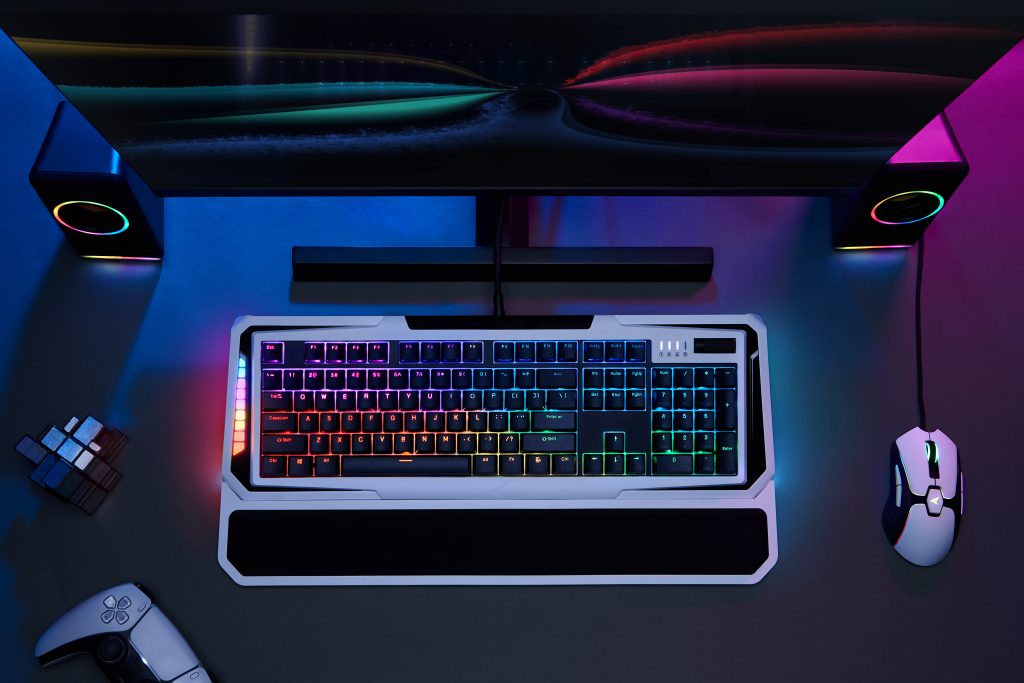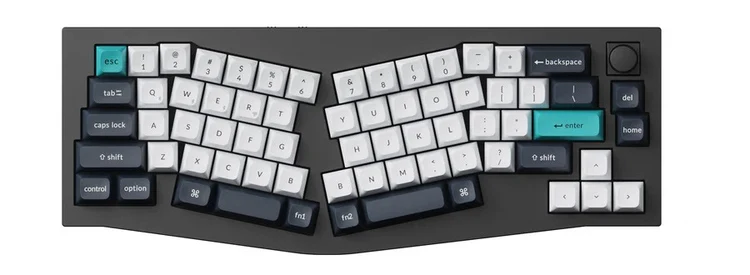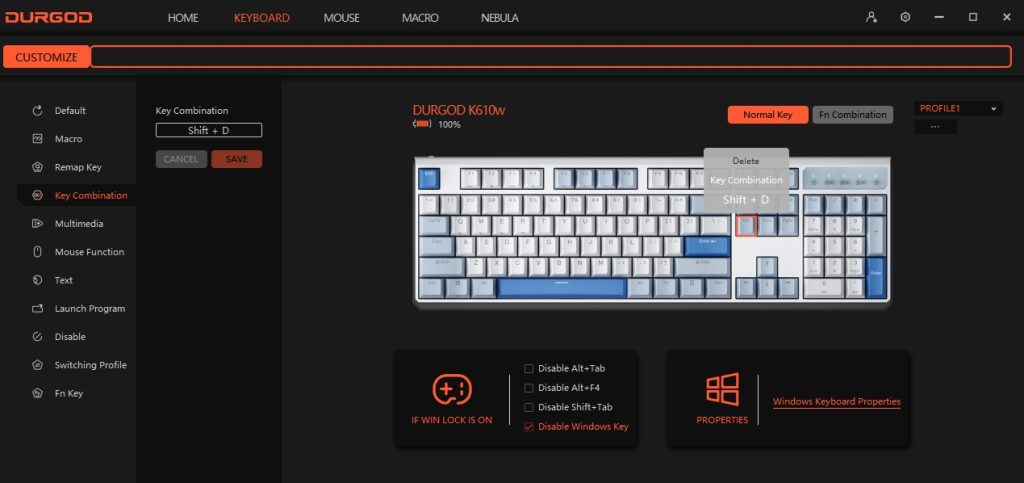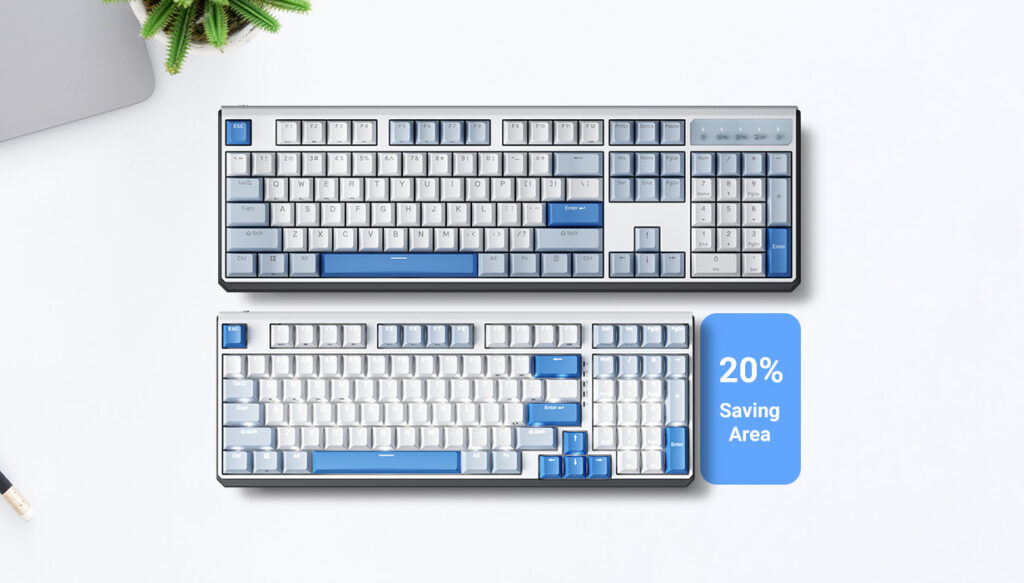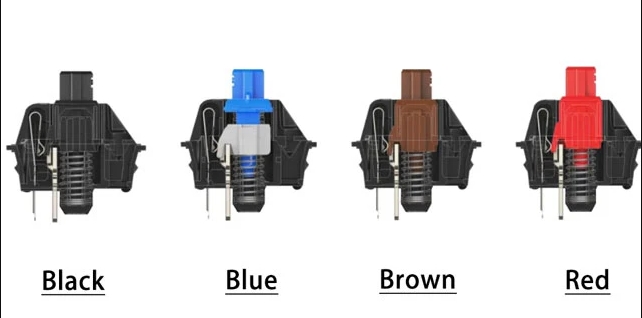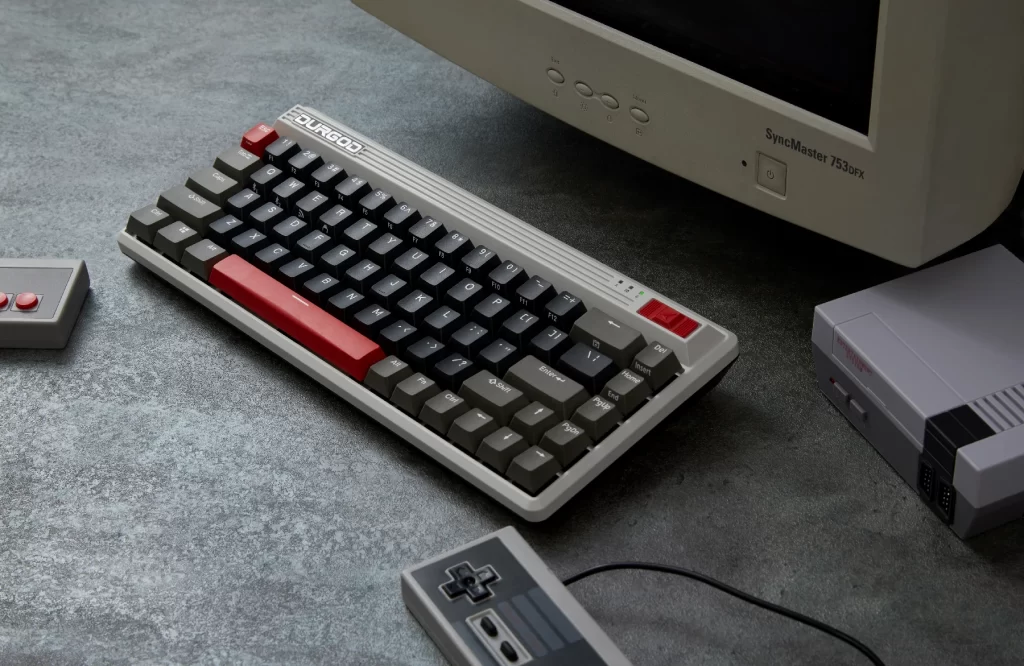Hot swap mechanical switch revolutionize mechanical keyboards, enabling users to change switches effortlessly, without soldering. These switches, available in 3-pin and 5-pin versions, are essential for keyboard enthusiasts aiming to personalize their mechanical keyboards. Understanding the distinctions between these types is crucial.
3-Pin Switches
-
Design:
- Known as “plate-mount” switches, 3-pin varieties have two metal contact pins and one central plastic pin for stability.
-
Compatibility:
- These are designed for mounting on a keyboard plate, ensuring broad compatibility with many mechanical keyboards.
-
Stability:
- The central pin provides stability, but 3-pin switches mainly depend on the keyboard’s plate for support.
5-Pin Switches
-
Design:
- “PCB-mount” switches, or 5-pin switches, include two extra plastic pins for a total of five (two metal contacts and three plastic pins), enhancing stability.
-
Enhanced Stability:
- The additional plastic pins allow for direct PCB mounting without a support plate, offering increased stability.
-
Compatibility and Modification:
- More stable, yet not universally compatible, the extra plastic pins on 5-pin switches can be trimmed to fit plate-mounted keyboards.
Comparison and Considerations
-
Keyboard Design Compatibility:
- Your keyboard’s design dictates the switch type. Plate-designed keyboards typically use 3-pin switches, while PCB-designed keyboards prefer 5-pin switches for added stability.
-
Stability and Feel:
- Direct PCB mounting of 5-pin switches offers a more stable, consistent typing experience compared to 3-pin switches.
-
Customization Flexibility:
- For those who enjoy customization, 5-pin switches provide versatility for both PCB-mounted and plate-mounted keyboards after modification.
-
Ease of Installation:
- While both switch types support hot swapping, installing 5-pin switches might require extra effort due to the additional pins.
Conclusion
The main distinction between 3-pin and 5-pin hot swap mechanical switches lies in their design, impacting compatibility, stability, and user experience. 3-pin switches are universally compatible but rely on a plate for stability, whereas 5-pin switches offer enhanced stability directly on the PCB but may need modifications for certain keyboards. Choosing between them depends on your keyboard’s design and your preference for stability and customization options. As mechanical keyboard customization grows in popularity, understanding these differences is key for those looking to personalize their typing experience.
For more knowledge of mechanical keyboards, visit DURGOD.



